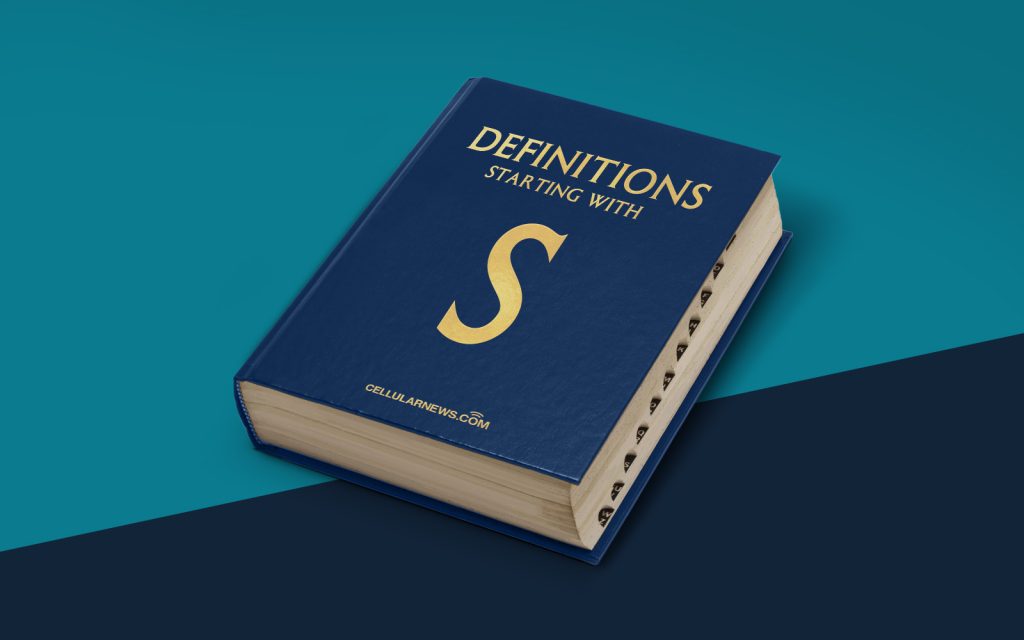
Understanding Syllogism: The Art of Logical Reasoning
Welcome to the “Definitions” category on our page, where we explore and explain various concepts and terms. In this blog post, we will dive into the fascinating world of syllogisms – a fundamental tool in the realm of logical reasoning. By the end of this article, you’ll have a clear understanding of what a syllogism is and how it can help you make logical deductions.
Key Takeaways:
- A syllogism is a deductive argument consisting of two premises and a conclusion.
- It follows a specific structure where the conclusion is derived from the premises using logical reasoning.
Unraveling the Mystery of Syllogism
So, what exactly is a syllogism? A syllogism is a logical form of reasoning that helps us draw conclusions or make inferences by combining two statements (premises) to reach a third statement (conclusion). It is a powerful tool used in various fields such as mathematics, philosophy, and even in everyday decision making.
To better understand the concept, let’s break down the structure of a syllogism:
- Premise 1: This is the first statement that provides a general fact or condition.
- Premise 2: The second statement is another fact or condition that relates to the first premise.
- Conclusion: The conclusion is the logical deduction or inference that we can draw based on the relationship between the two premises.
Here’s an example to illustrate the concept:
Premise 1: All humans are mortal.
Premise 2: Socrates is a human.
Conclusion: Therefore, Socrates is mortal.
In this syllogism, the first premise establishes that all humans are mortal, while the second premise identifies Socrates as a human. By logically combining these statements, we can draw the conclusion that Socrates is indeed mortal.
Syllogisms rely on the principles of deductive reasoning, which means that if the premises are true, the conclusion must also be true. However, it’s important to note that the validity of a syllogism depends on the accuracy and truthfulness of the premises.
The Importance of Syllogism
Syllogistic reasoning plays a crucial role in various aspects of life. Here are a couple of key reasons why understanding and utilizing syllogisms is beneficial:
- Enhanced Critical Thinking: Syllogisms train our minds to think critically and logically. By analyzing arguments using syllogistic reasoning, we can identify any flaws in the logic and make informed decisions.
- Effective Problem Solving: Syllogistic reasoning helps us break down complex problems into more manageable parts. By applying logical deductions, we can generate solutions and make informed choices.
Whether you’re studying philosophy, preparing for a debate, or simply looking to develop your critical thinking skills, understanding syllogisms is a valuable asset.
To summarize, a syllogism is a powerful tool that allows us to make logical deductions by combining two premises to reach a conclusion. By grasping the principles of syllogistic reasoning, you can enhance your critical thinking skills and become a more effective problem solver.
We hope you’ve enjoyed this exploration of syllogism! Stay tuned for more intriguing definitions and informative articles in our “Definitions” category.
